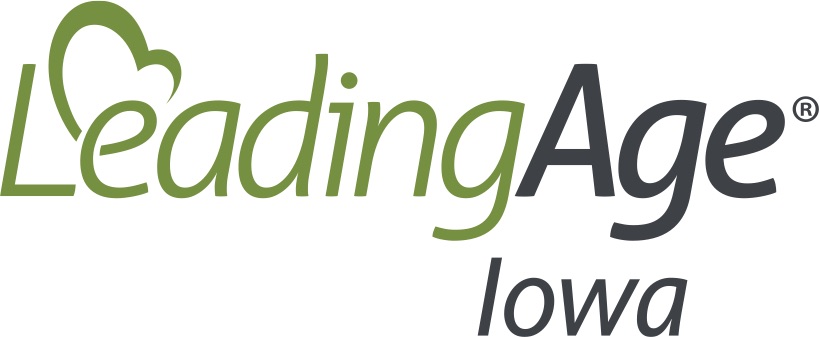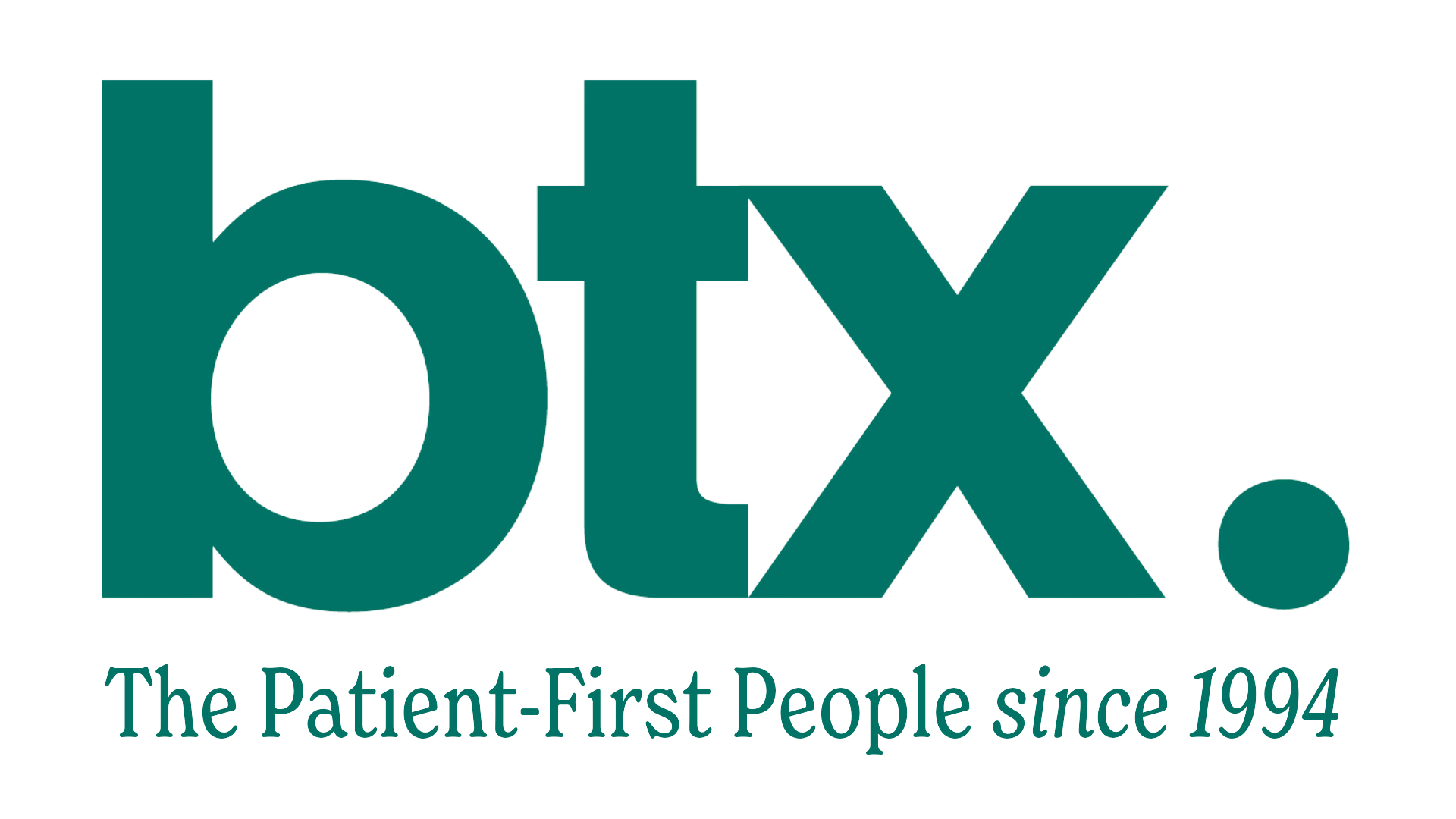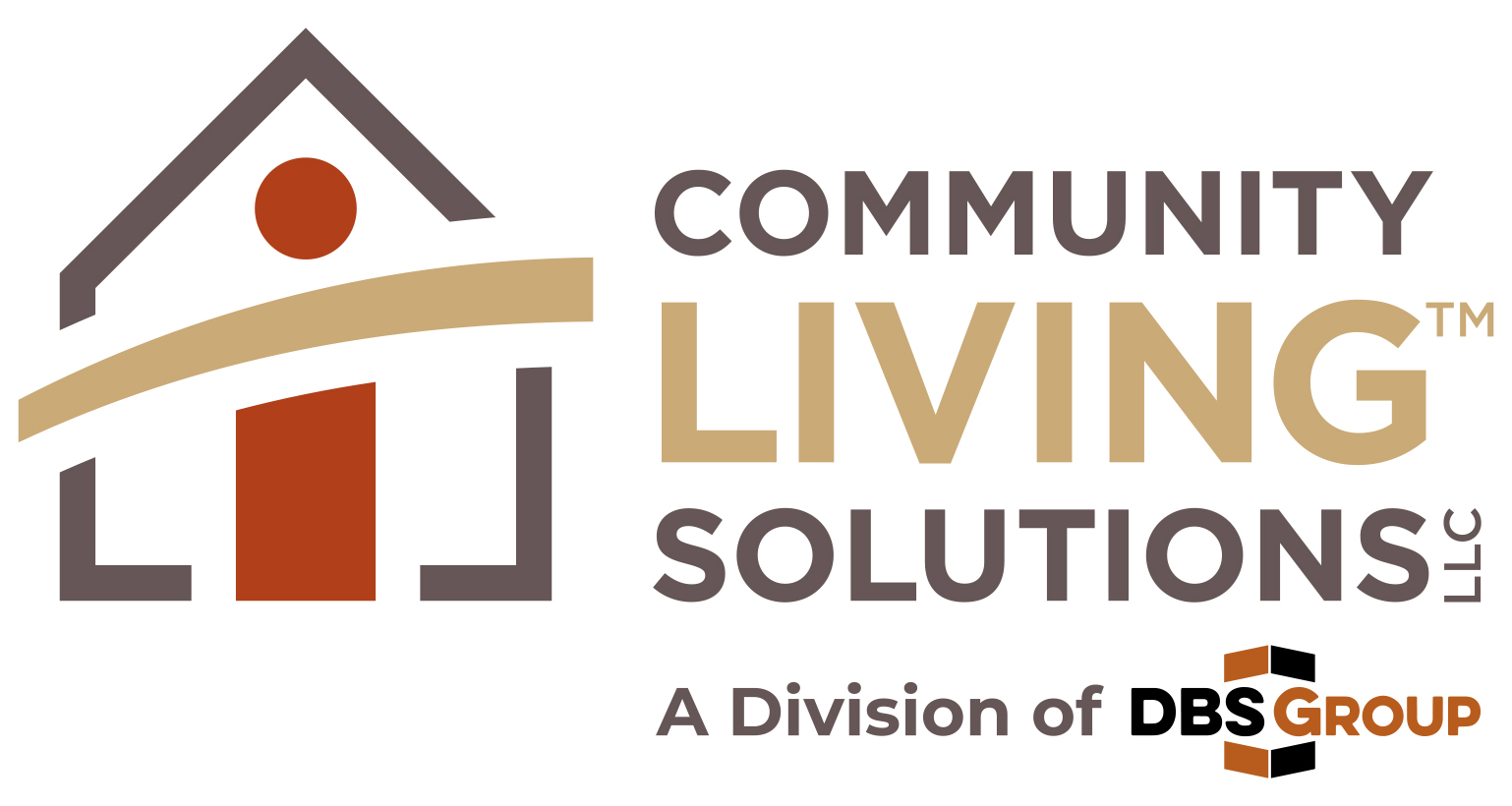|
Criteria for Admission and Retention of Tenants
The assisted living rules at 481-69.23 include very specific criteria that tenants must meet to be admitted or retained in an assisted living program. The criteria outlined by the Department of Inspections, Appeals, and Licensing (DIAL) includes:
- A tenant who is bed-bound
- Requires routine, two-person assistance with standing, transfers, and evacuation
- Is dangerous to self, other tenants, or staff which includes chronic elopement, sexual or physical aggression or abuse, unmanageable verbal abuse or aggression, or displays behaviors that place other tenants at risk
- Is in a stage of acute alcoholism, drug addiction, or uncontrolled mental illness
- Is under the age of 18
- Requires more than part-time or intermittent health-related care
- Defined in 481-67.1 as licensed nursing services and processional therapies that are provided in combination with nurse-delegated assistance with medications or activities of daily living and do not exceed 28 hours per week.
- Has unmanageable incontinence on a routine basis despite an individualized toileting program.
- Defined in 481-69.1 as a condition that requires staff provision of total care for an incontinent tenant who lacks the ability to assist in bladder or bowel continence care.
- Defined in 481-69.1 as a tenant who has a condition(s) that indicated physiological frailty as determined by the program’s staff in consultation with a physician or physician extender, results in three or more significant hospitalizations within a consecutive three-month period for more than observation, and requires frequent supervision of the tenant for more than 21 days by a registered nurse.
- Requires maximal assistance with activities of daily living
- Defined in 481-69.1 as routine total dependence on staff for the performance of a minimum of four activities of daily living for a period that exceeds 21 days.
- Despite intervention, chronically urinates or defecates in places that are not considered acceptable according to societal norms
Additionally, the program may have criteria that would limit admission or retention. These must be disclosed in the written occupancy agreement prior to the tenant’s occupancy. If the program determines that the tenant exceeds criteria for retention, they must assist the tenant or their legal representative to ensure a safe and orderly transfer from the program. This likely includes sending information to the provider to identify if they are able to meet the tenant’s needs.
If you recall, there is an opportunity for the program to request a waiver of retention criteria as outlined in 481-67.7. The program can request this waiver if the tenant is using hospice services. If the department approves the waiver, it is valid for a period of six months or less. If the tenant remains in the program longer than the six months, the program will need to discuss retention with the department.
While it is not cited under this rule, the department expects assisted living programs to include the tenant’s preference for nursing home placement in their service plan, should the need arise that the tenant would require transfer to a nursing home.
|













